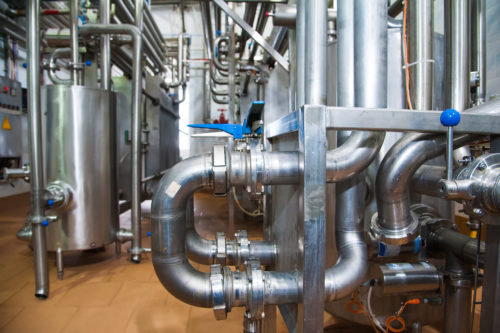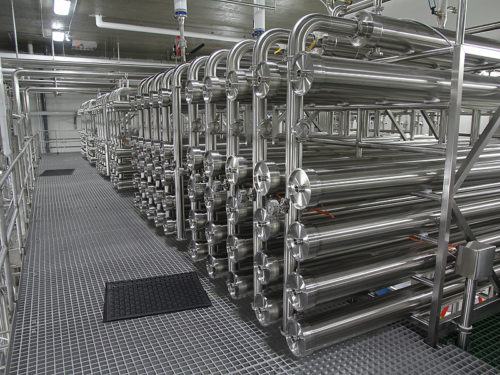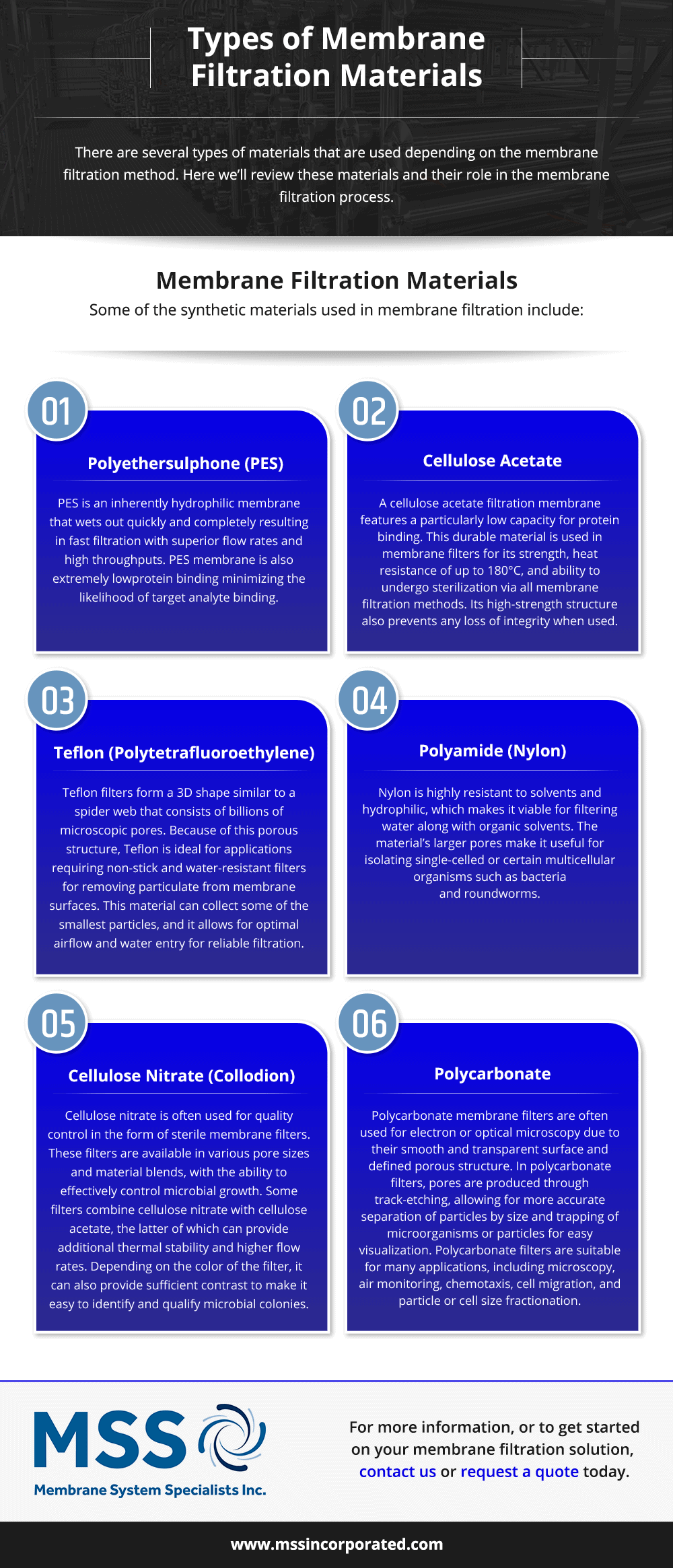Advantages of Membrane Filtration
Comments Off on Advantages of Membrane FiltrationMembrane filtration facilitates a physical separation process by separating molecules of varying sizes and properties. The different pressure levels on either side of the membrane act as the catalyst for the separation process. Membrane technology reduces overall production costs while improving product quality.
The process involves passing one feed stream in a membrane system, which splits it into two streams: permeate and retentate. The membrane that divides them is a highly specialized physical barrier that only allows specific designated elements inside the feed stream to pass through.
Advantages of Membrane Filtration
When used in industry sectors where reliability, consistency, and running costs are critical factors, membrane filtration offers several major advantages, including:
High Flexibility
Membrane filtering is compatible with a variety of feed materials with varying viscosities, including high-viscosity goods that would be difficult to process otherwise. A diverse choice of membrane filtration solutions ensures the best solution for each application is available. This also makes it more energy efficient.
Lower Overall Production Expenses
Due to low installation and energy costs, membrane filtration systems are usually more cost-effective than many other alternatives. Membrane filtration requires fewer processing stages, which reduces labor demands and allows for better purity and higher overall yields.
Because the process does not produce filter cakes, there are no expenditures associated with its removal and disposal.
There Are No Chemical Requirements
Current societal trends have created a focus on reducing or eliminating chemicals from water treatment processes. Membrane filtering can minimize chemical additives, such as chlorination, by physically removing chemicals and other pathogens.
Removes Pathogens
Membrane filtration technology can remove over 90% of pathogens present in a water sample.
Saves Time
When comparing membrane filtering with its alternatives, such as the MPN approach, membrane filtration takes less time, requiring only 24 hours for a result.
Enhanced Energy Efficiency
Compared to other filtration methods, membrane filtration utilizes ultrafiltration before reverse osmosis and nanofiltration, resulting in 20% more energy efficiency.
Preserving Proteins
Membrane filtration technology is a unique non-thermal, environmentally friendly, greener technology with a wide range of future applications that reduces the negative effects of temperature rise, such as phase shifts, protein denaturation, and changes in product sensory qualities.
Suited For Testing
By shifting the disk to another medium, it is possible to isolate and count bacterial colonies.
Exceptional Product Quality
With the ability to remove up to 100% germs and pathogens, this environmentally friendly technology produces accurate and relevant results. It performs separation on the grounds of molecular size, eliminating the need for additives. This produces a high-quality end product and allows for easy compliance with various strict requirements authorized by both consumers and government agencies.
Membrane Filtration Solutions
Low energy usage, flexibility, and environmental friendliness are the key advantages of membrane filtration over alternative separation techniques. Membrane System Specialists offer membrane filtration systems and materials to satisfy your fluid separation requirements while adhering to strict sanitary guidelines.
Our outstanding combination of experts, honesty, experience, technology, and innovative equipment allows us to serve all of our food and dairy customers, both in the present and the future. We are very detailed in every phase of the design process to create the optimal end design based on your individual needs. For many years, we’ve designed and built specialized membrane filtration systems for customers in the dairy and food industries. Contact us today to learn more about our system’s abilities or request a quote to speak with a member of our staff about your system specifications.





